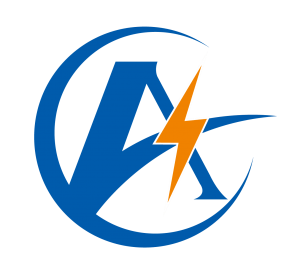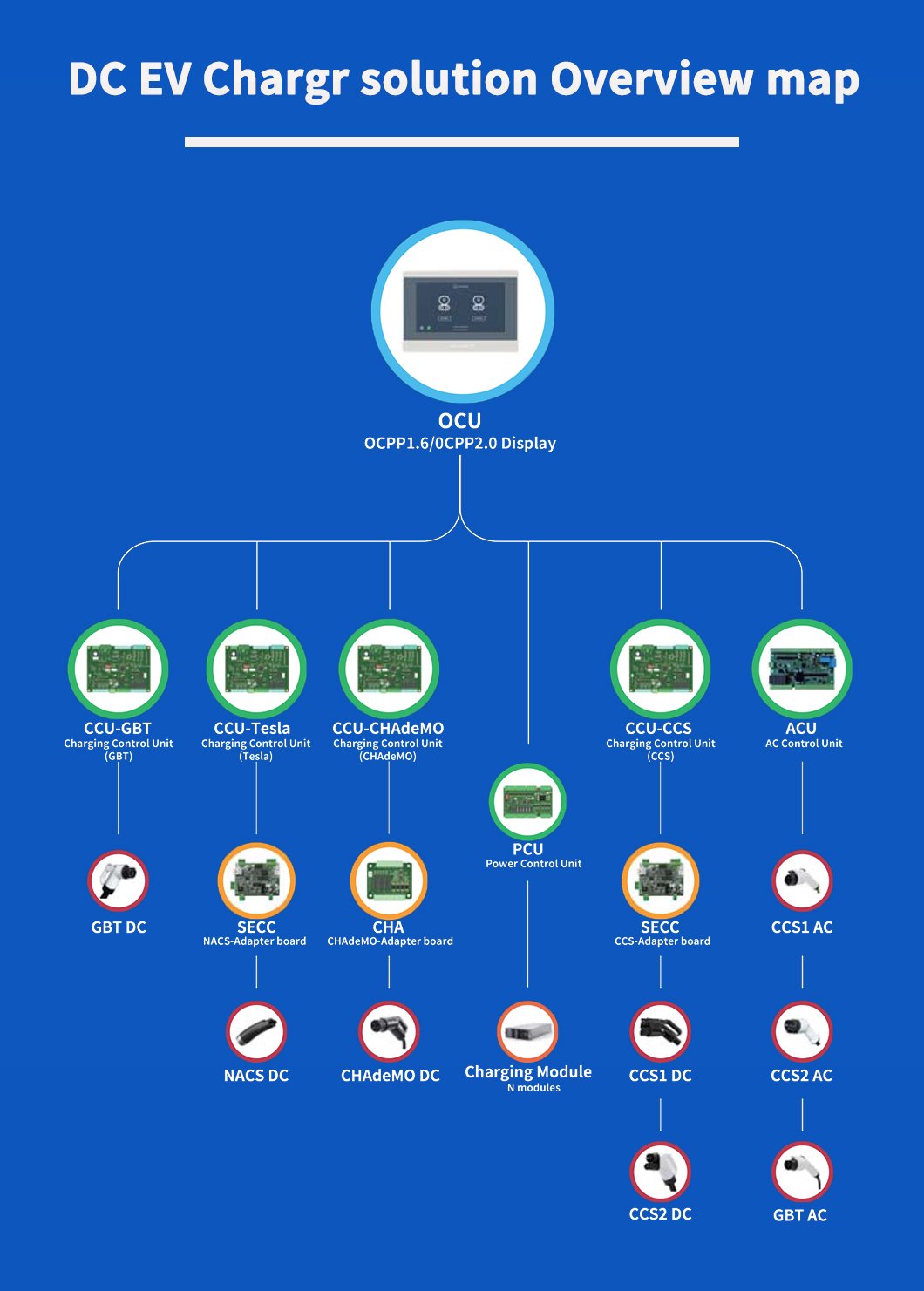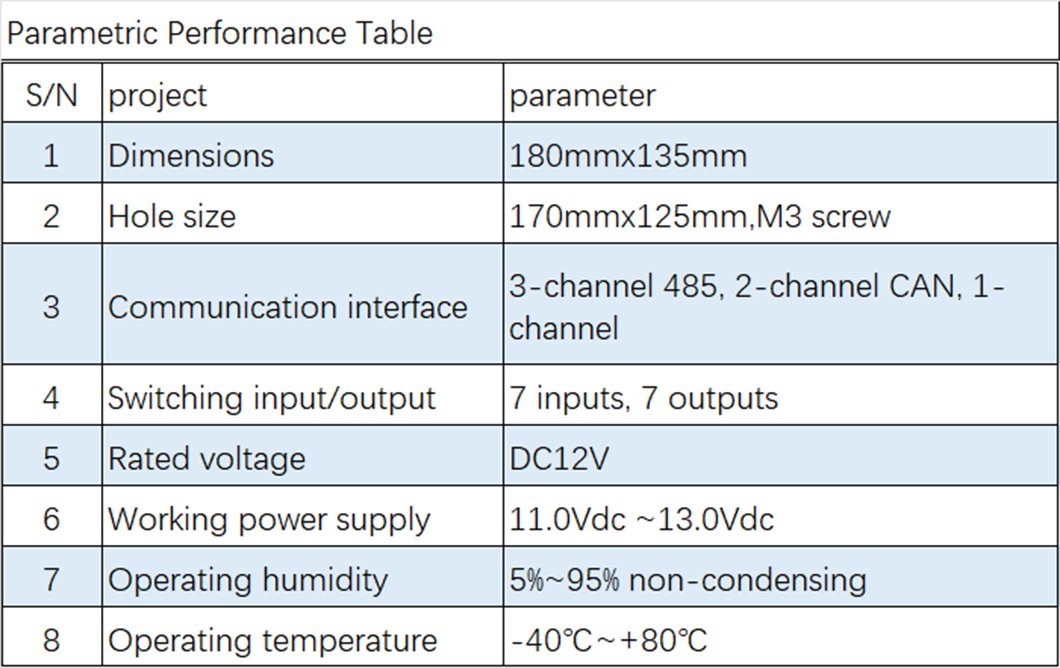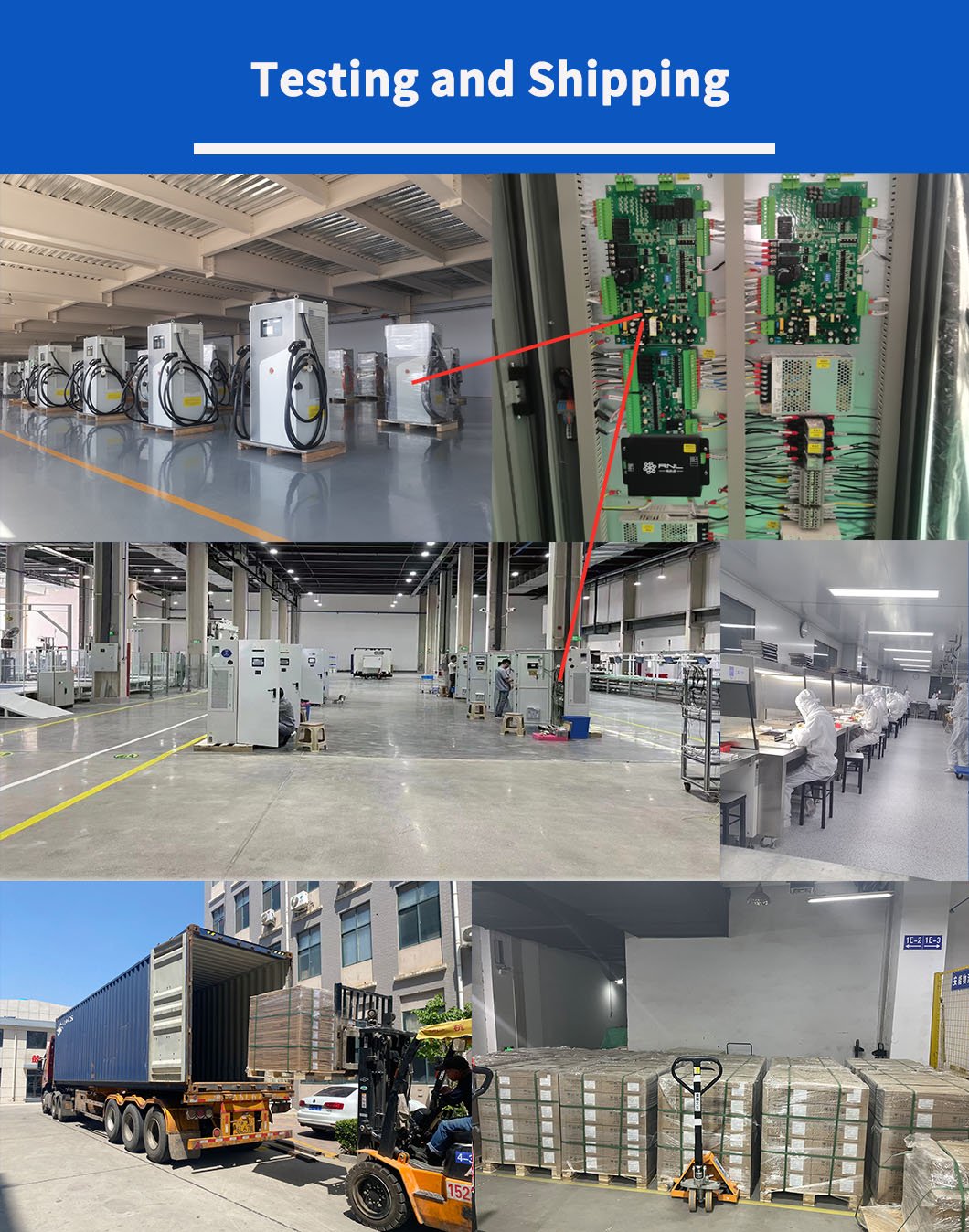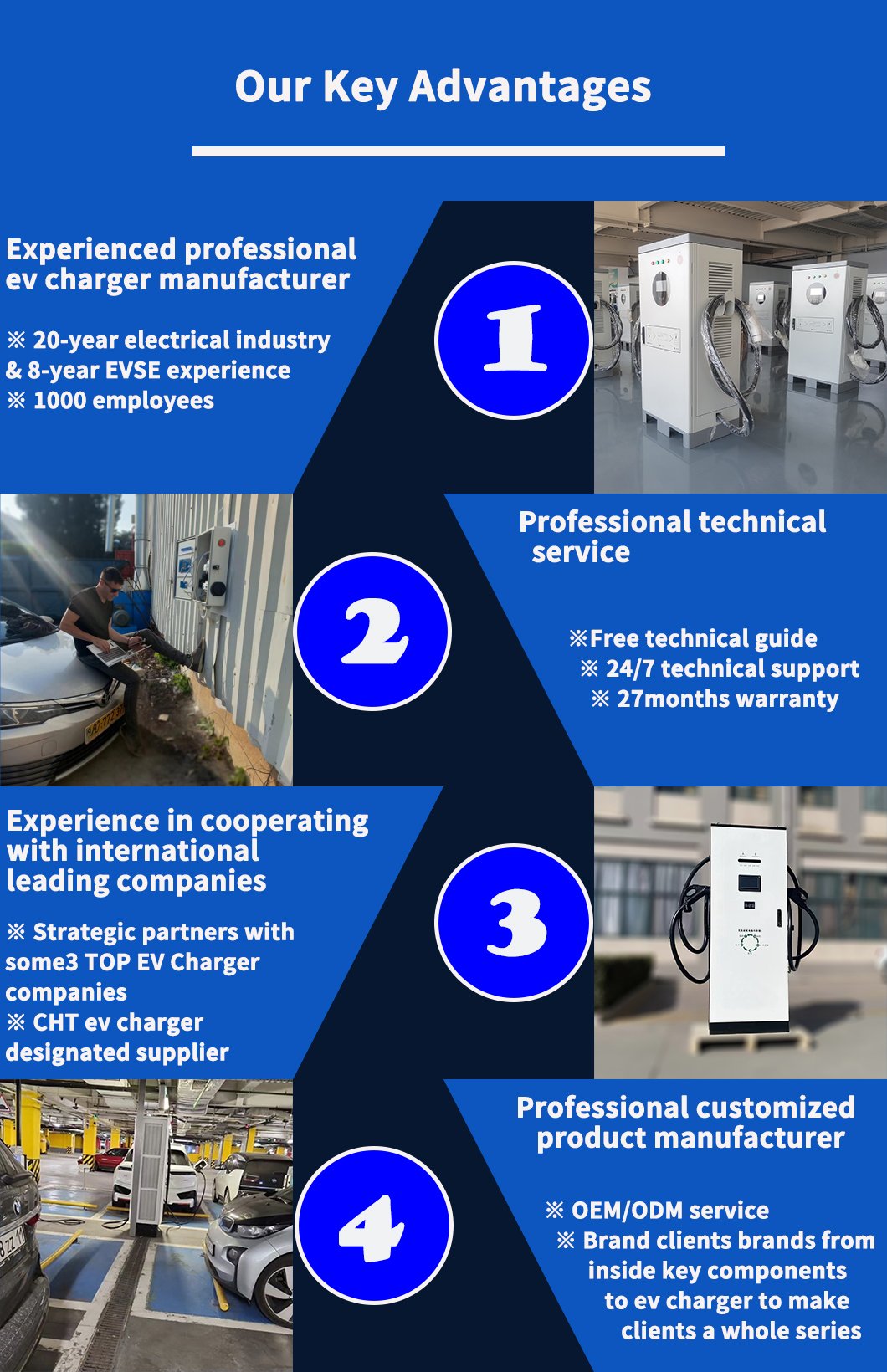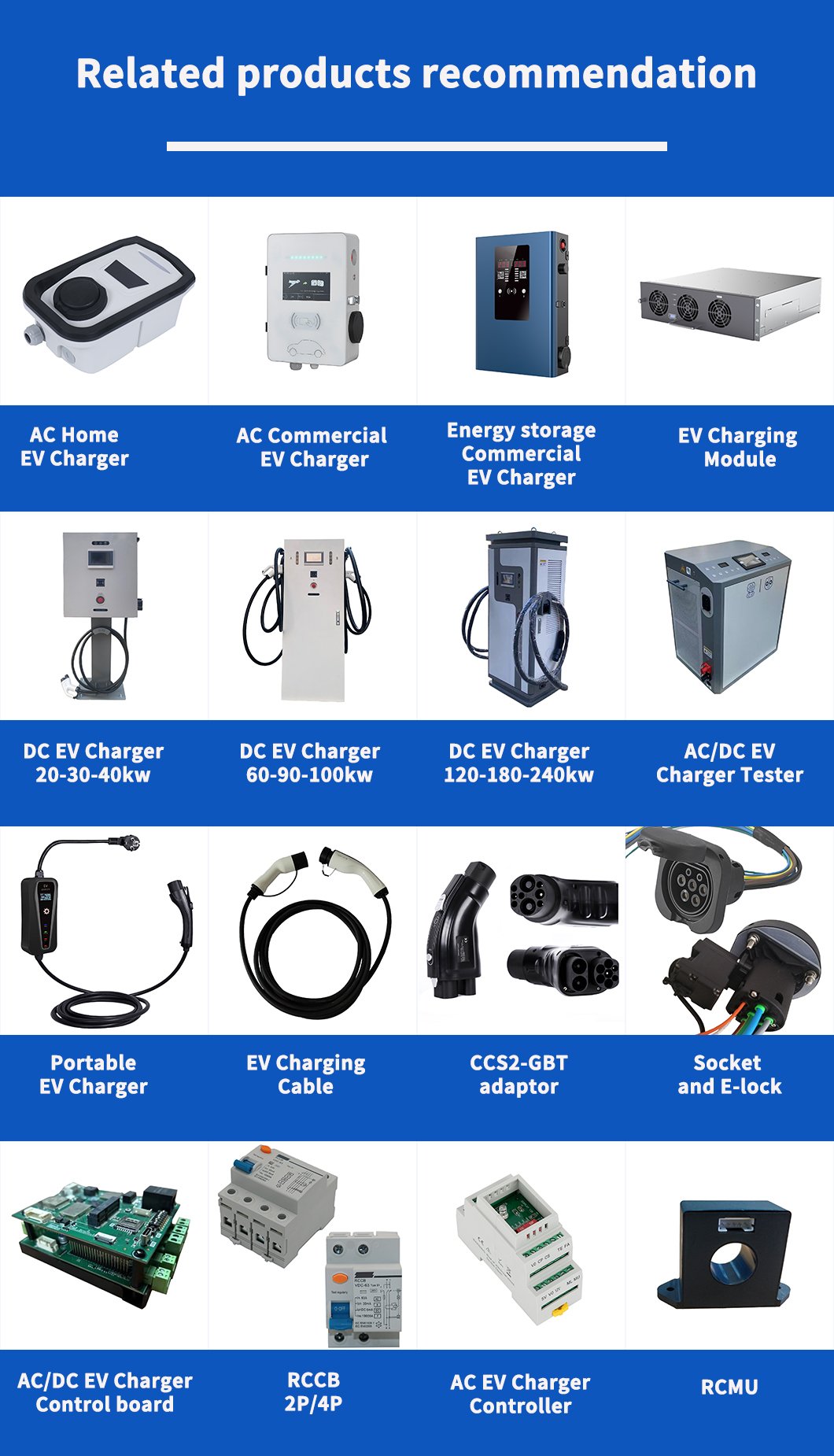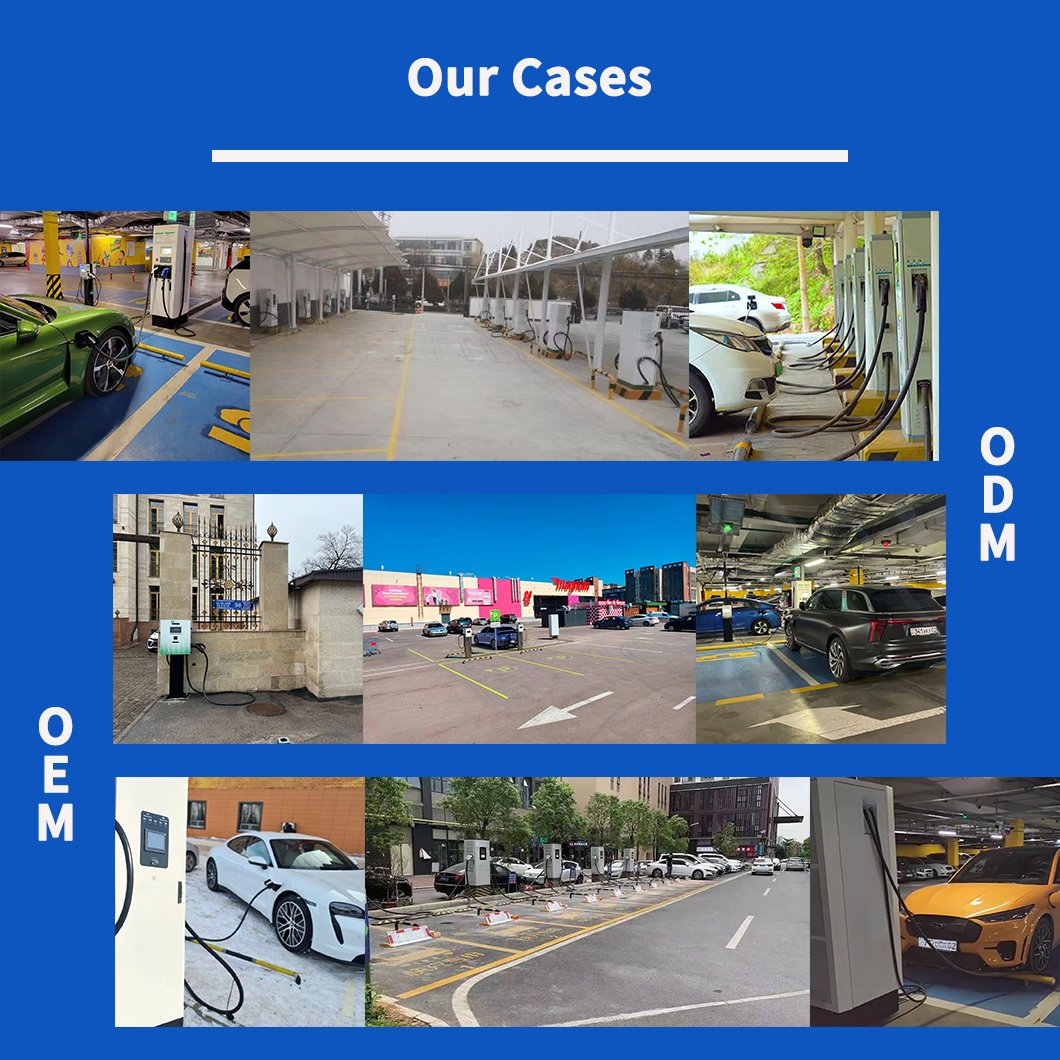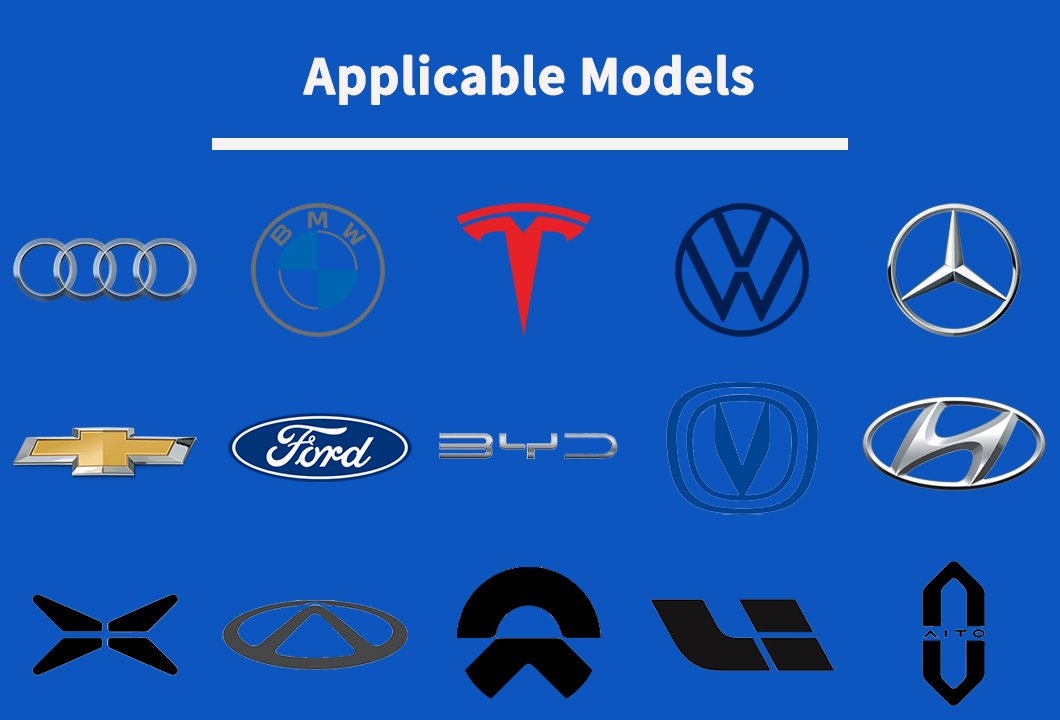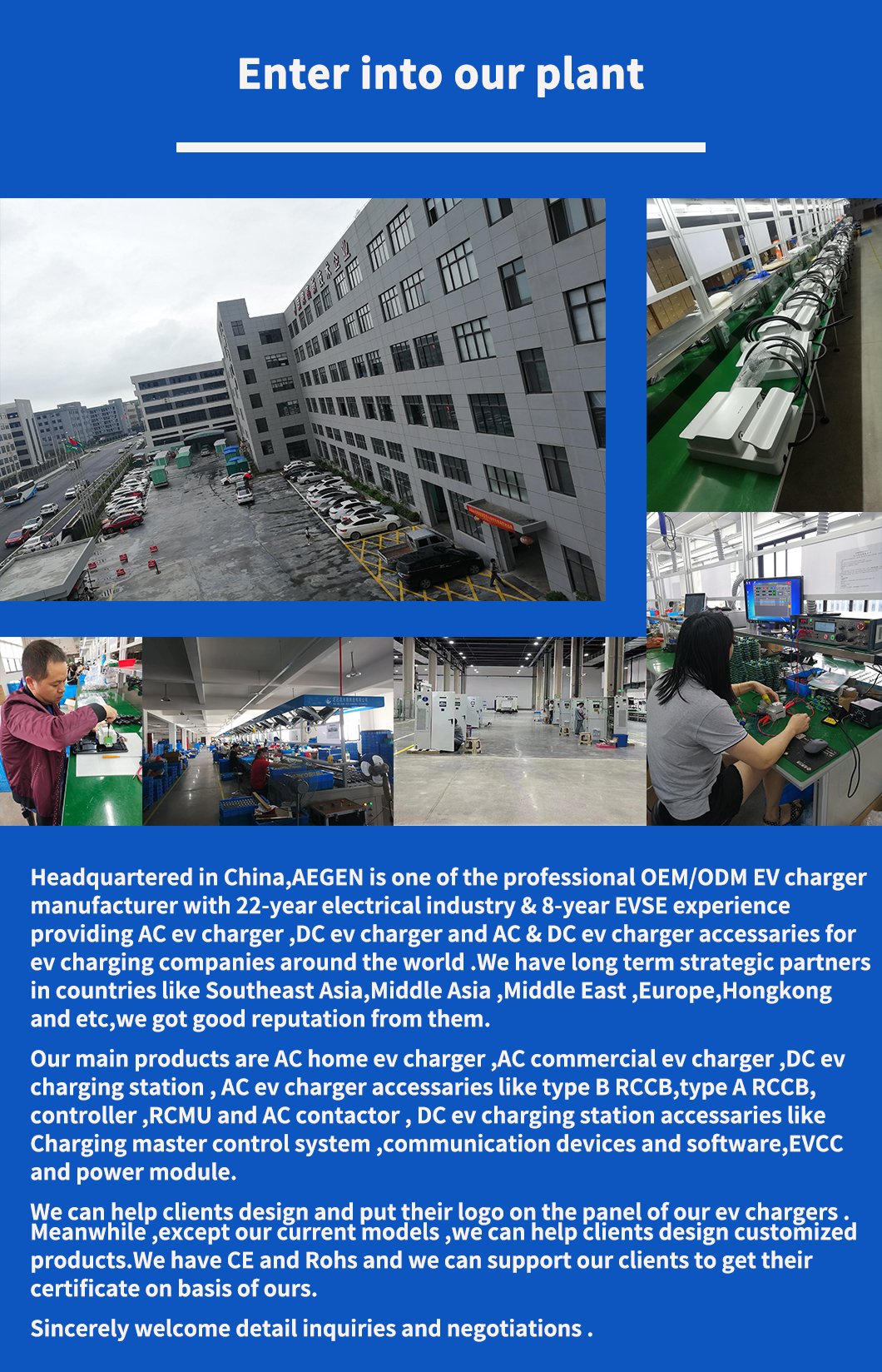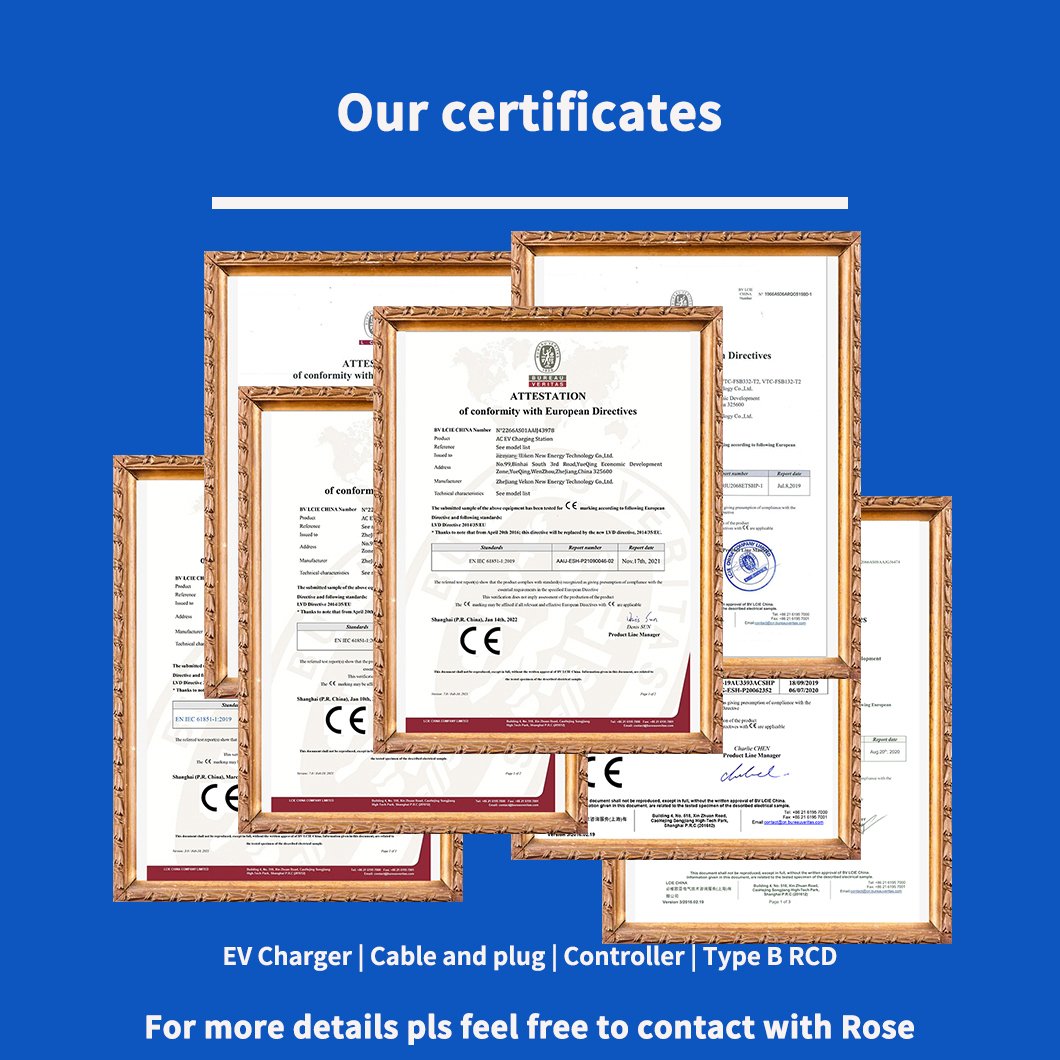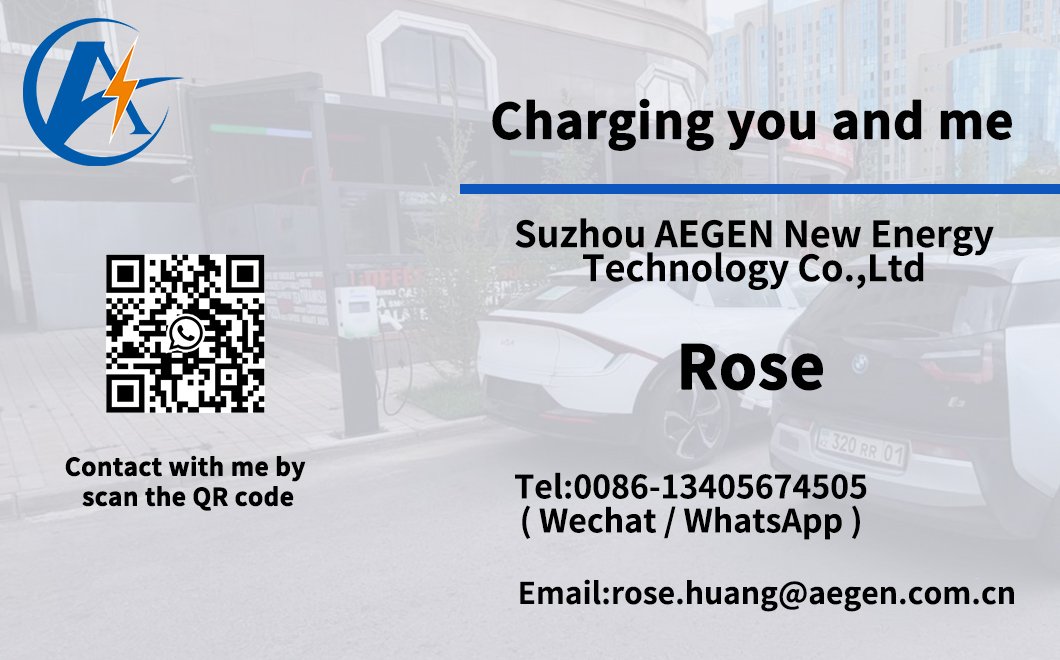The CCU (EV Charging Control Unit) is the core component of the EV charging system and is responsible for managing the entire charging process. It acts as the “brain” of the EV charging system, receiving signals from vehicle controllers,EV charging station and other components, and controlling the charging process according to these signals to ensure safe and efficient charging.
Signal acquisition: The CCU collects signals sent by the vehicle controller, battery management system, charging pile and other components, such as battery SOC, charging status, charging pile type, etc., through CAN bus and other communication methods.
The CCU can communicate with the display (OCU), power control board (PCU), SECC, CHAdeMO conversion board, power module, and energy meter. The main functions are as follows:
1) Communicate with OCU and enable remote debugging;
2) Communicate with the PCU power control board to achieve remote debugging;
3) Detect the connection status of the charging gun;
4) Collect positive and negative
CCU integral part:
The control unit of CCU DC charging pile is usually divided into the following parts:
Rectifier: Responsible for converting the AC input to the DC output
Inverter: Converts DC to AC for feedback into the grid when needed
Controller: It is used to monitor and manage the charging process, including adjusting and controlling the input power, output power and charging time, etc., and is responsible for controlling the operation of the entire CCU.
Memory: Used to store control programs and data.
Communication interface: Used to communicate with other components.
Power module: Used to control the charging current
How CCU works:
The CCU DC charging pile control unit is a kind of social security for electric vehicle charging, and its working principle is based on the combination of traditional charging technology and modern control technology. It converts AC power to DC power and properly supplies electric vehicles for a fast, safe and university charging process.
1. Signal acquisition: The CCU collects signals sent by the vehicle controller, battery management system, charging pile and other components, such as battery SOC, charging status, charging pile type, etc., through CAN bus and other communication methods.
2. Data processing: The CCU processes and analyzes the collected data to determine the best charging strategy.
3. Control output: The CCU sends control instructions to the charging pile according to the charging strategy to control the charging current, voltage and other parameters.
4. Status monitoring: The CCU monitors the charging process in real time and adjusts the charging strategy according to the charging status.
CCU’s communication protocol:
CCUs typically use the following communication protocols to communicate with other components:
CAN bus: CAN bus is an efficient and reliable serial communication protocol, which is widely used in automotive electronic systems. The CCU can communicate with the vehicle controller, battery management system, etc. via the CAN bus.
Charging protocols: CCUs need to support various charging protocols, such as CHAdeMO, GB/T, CCS, etc.
Communication interfaces: CCUs usually have a variety of communication interfaces, such as Ethernet, Wi-Fi, etc., for communication with external systems.
The future development trend of CCUs:
Energy Intelligent: Through the introduction of artificial intelligence technology, the intelligent control of the charging process is realized.
Networking: Connect the CCU to the Internet for remote monitoring and management.
Integration: Integrate the CCU with other control units to improve the integration of the system.
Tips: Due to the continuous development of EV charging standards and technologies, the specific technical parameters and application methods of CCU may change, it is recommended that you refer to the latest technical information in practical applications.
We also have 20kw/30kw Simple Style DC Fast EV Charging station, suitable for home use ,plant use or company use, if you want to know, you can consult Rose.
